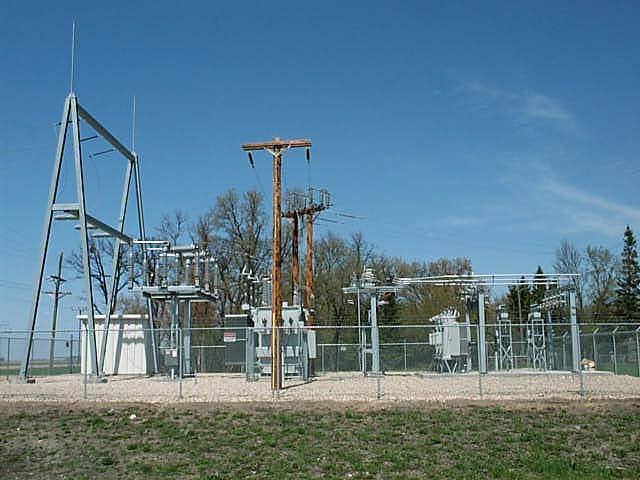Christopher Lee Dasher, a 36-year-old electrical apprentice with Duke Energy Florida, Inc., was testing and repairing transformers at a substation in Reddick, FL, last October, when he came in contact with a 10,000v energized circuit.
He was not following safety protocol, and there was no observer present as he worked.
OSHA has cited Duke Energy with failure to have a qualified person observing the work being done, failure to ensure transformers were grounded and safety checked between each test, failure to provide electrical safety training to workers, and failure to set a boundary around the work area to prevent workers from getting shocked. The proposed fine is $90,000. NOTE: This is based on the OSHA press release. A Duke employee has asserted “off the record” that there is more to this story and e-Hazard wants to acknowledge that Duke is a leading safety oriented company. We can all learn from incidents though.
The 3-Point Verification Check and high-voltage grounding technique should be practiced at every work site that has a high-voltage system.
The 3-Point Verification Check is a basic electrical safety practice; it is also known as verifying zero energy state. Every electrician working on high voltage must follow this process per OSHA 1910.269:
- Open the high-voltage switch(es) by following the prepared switching order
- Use a known working voltage detector to…
- Test on a known live circuit to make sure the detector is working
- Test the circuit to be worked on to ensure the power source is isolated
- Test the voltage detector again on a live circuit to make sure it is functioning properly
- Hang the correctly-sized grounds to form an equipotential zone so the worker cannot be shocked by contacting any of the lines or any part of the structure being worked on
This safety practice is not new and has been taught countless times at many different work sites. OSHA has made it a requirement that employers do all they can to keep workers safe on the job. This includes providing electrical safety training. Training employees on safety protocol is more cost effective than dealing with the consequences of an accident, and in this case, a needless death.

